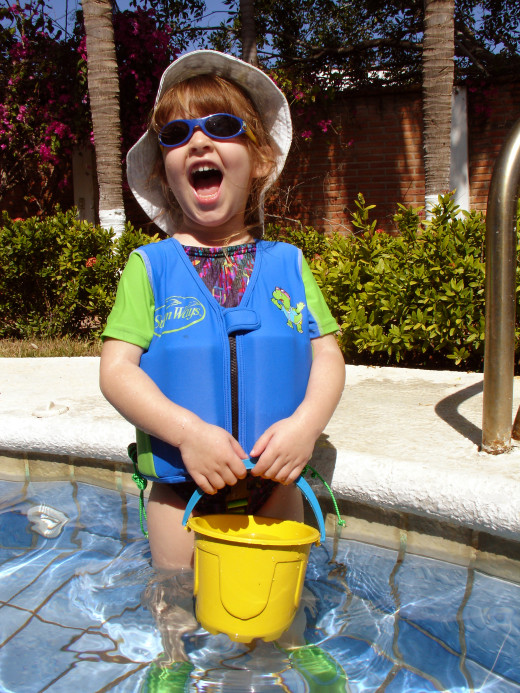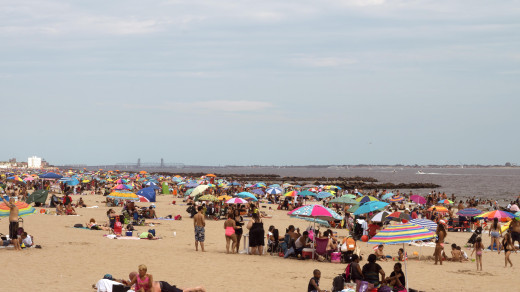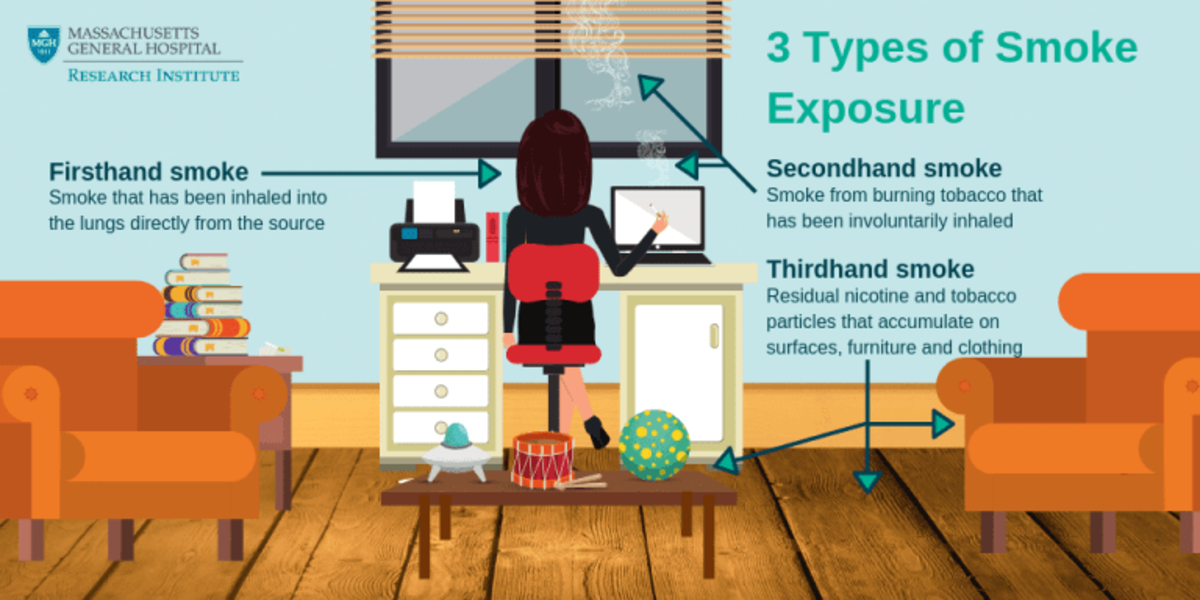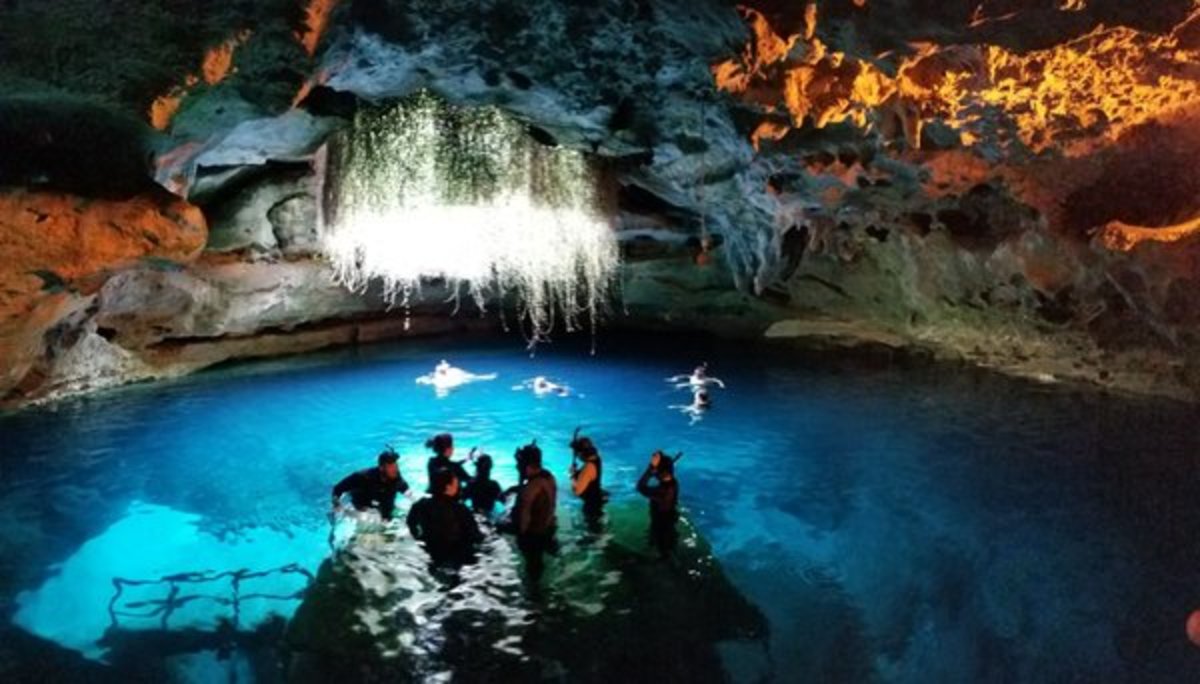Swim Smart This Summer
Before you go
With summer now in full swing, your kids will no doubt be asking, “When can we go to the beach?” If you are like most parents, your answer will be positive. A day on the beach is one of the best ways to have fun, relaxation and exercise, but before you gather up your swimsuits and towels, here are some things you should know.
Before you leave home:
1. Do your homework. Check out which are the safest beaches for children. You want a beach that not only has clear water and white sand, but one where the water is calm and gentle so your children can play safely. Siesta Key in Sarasota, Florida has been rated one of the best beaches for kids by Best Kid Friendly Travel. According to them, the sugar-white sand on this beach stays cool even on the hottest days, protecting little feet from burns. The beach also has year-round lifeguard protection.
2. Follow the weather news. Most radio and TV stations give information on the weather. In Florida especially, the weather can change suddenly. You don't want your day to be ruined by a sudden thunderstorm. The news will also alert you to any riptides, the UV index (the amount of radiation expected to reach the earth's surface when the sun is highest in the sky) and even the presence of sharks.
3. Speak to your kids about water safety. Let them know they are not to go into the water without you - even if they can swim. Older children should also be taught to swim with a friend or parent. Teach them that swimming in the ocean is different from swimming in a pool.
4. In addition to packing the fun things your children love - bucket, spade, toys etc., pack a plentiful supply of water, your sunglasses, hats and sunscreen. (More on that later).
5. Lather yourself and your child liberally with sunscreen before leaving home.

At the beach
You have made it this far, now it's time to have some fun, while still paying attention to safety.
1. Look for specially designated areas for swimming. In 2005, the Florida Legislature came up with a uniform standard of beach safety by requiring that all beaches in Florida display only the flags used for the state's warning system. The flags come in four different colors - red, yellow, green and purple, with red being high hazard, yellow, medium, green, low and purple signaling the presence of dangerous marine animals. Most beaches in other states have some sort of warning system.
2. Be vigilant. Swim close to your children in the water. Do not let them go in the water alone. Look out for water animals and plants. Don't depend entirely on the flag warning.
3. Stay away from piers and jetties where rip currents may develop. If you do get caught in one, don't fight it. Swim parallel to the shore until you feel the strength of the current lessen then turn and swim to shore.
4. Don't float where you can't swim.
5. If you or someone is in difficulty, yell for help, wave or do whatever you can to attract attention. Throw the person something that floats - a ball, cooler or life jacket.

Protect children from the sun
There's something about sunshine that lifts our spirits and makes us want to be outdoors. However, according to the American Cancer Society, people who get a lot of exposure to the sun's UV rays run the risk of getting skin cancer. Therefore, in order to protect your skin and your child's from the dangerous UVA and UVB rays of the sun, you need to use adequate protection.
Let's talk about your skin. UV light is strongest between 10.00 a.m and 2.00 p.m, the hours when you are most likely to be on the beach and can get sunburned. Water reflects sunlight, and can also reach below the surface, so you can still burn even when you are in the water. Whether you are dark-skinned or light, you can suffer from sun damage. So, how do you protect your skin when swimming?
As I mentioned above, you should already be wearing sunscreen by the time you arrive at the beach. The amount you put on should be about an ounce or as much as a shot glass. Be sure to cover all the exposed parts of your body - even your lips by using lip balm with sunscreen. A sunscreen of 30 SPF (sun protection factor) or more is recommended. This gives you 30 times the amount of time you would normally burn. So if you normally burn after 10 minutes, 30 SPF will give you 30 x 10 = 300 minutes protection from UVB rays - the kind that causes sunburn. However, remember that sunscreen - even the water resistant kind - washes off when you swim or sweat, so you would need to reapply it when you come out of the water.
Can you go without sunscreen on a cloudy day? The answer is no. The UV index may be just as high, or even higher.
Wear sunglasses. Cataracts and other eye diseases can result from over exposure to UV rays. Purchase sunglasses with labels that say “UV absorption up to 400 nm” or “Meets ANSI UV Requirements”, according to the American Cancer Society. This means they block at least 99% of UV rays. Darker glasses do not offer more protection since protection comes from a chemical applied to the lens. Get real sunglasses for your children as well, not toys. Let them learn to protect their eyes early.
Wear a hat. While you are out of the water eating, building sand castles or just relaxing, wear a hat or cap - one that will not be blown away by the wind. Tie a small towel around your ears and let it hang down at the back to protect the back of your neck. You can also purchase SPF swimwear and outfits for when you are in the sun.
Encourage children to drink lots of water even if they are not thirsty.
So to recap. In order to get the most out of your visit to the beach you should:
1. Swim only on safe beaches and in designated areas
2. Talk to your children about water safety before you leave home.
3. Swim close to your children. Don't allow them to go into the water by themselves, even the older ones.
4. Use sunscreen, sunglasses and a hat.
5. Drink lots of water.

What is your favorite summer pastime?
Some last words
Going to the beach is one of the best ways for a family to spend time and have fun together, however you do not want lack of knowledge or preparation to prevent you from enjoying this pastime. You need to be as careful in shallow water as you would be if you were way out surfing, and you wouldn't be doing that with young children anyway. According to the US Coast Guard, 9 out of 10 drownings occur in inland waters, most within a few feet of safety.
As an added precaution, parents should learn CPR. You can do it online, but it's not the same as taking a hands-on course with instructors present to guide you. Contact your local Red Cross or community college. Either of these will be able to help you.







